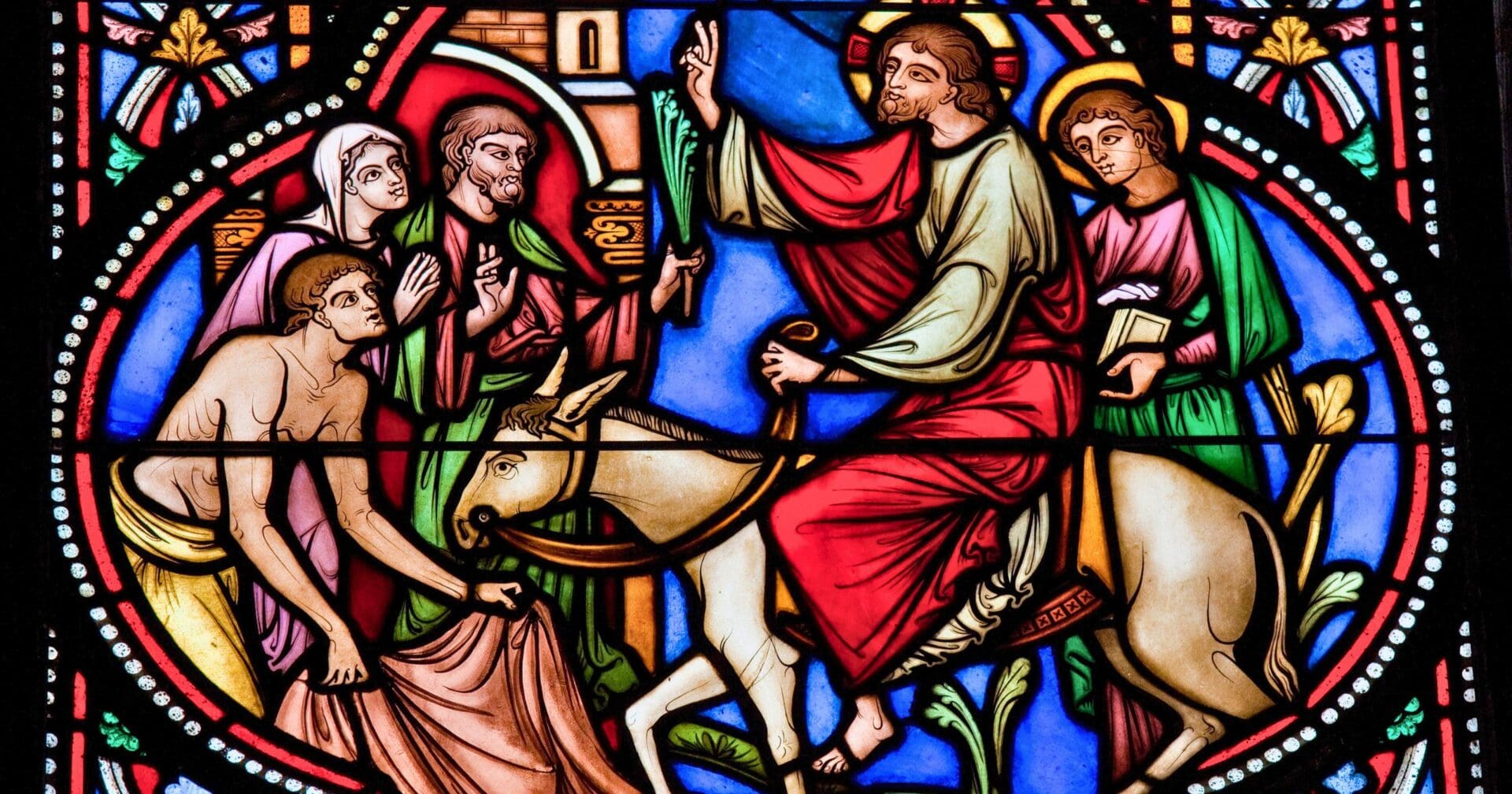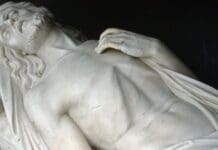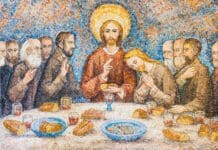On Palm Sunday, also known as the Sunday of the Lord’s Passion, the Christian world steps into Holy Week, marking the commencement of a period steeped in profound religious significance. This day memorializes Christ’s majestic entry into Jerusalem, an event that saw the city’s inhabitants lay their garments on the streets, heralding him as their sovereign with shouts of “Hosanna to the Son of David; Blessed is he who comes in the name of the Lord!”
In the Western Church tradition, the observance of Palm Sunday begins with the blessing of palms. These palms, destined for the subsequent procession, are sanctified, setting the stage for the retelling of Jesus’ entry into Jerusalem. Should logistical constraints prevent an outdoor procession, a solemn entrance within the church suffices, maintaining the ceremonial essence.
The day’s hymns and psalms echo Christ’s kingly dignity, while Palm Sunday’s alternative moniker, Fig Sunday, hearkens back to the cursing of the fig tree by Christ, integrating a tradition of consuming figs. Across England, the day has borne various names like Olive or Branch Sunday and Sunday of the Willow Boughs, each reflecting local botanical substitutes for palms.
Customs around Palm Sunday have evolved distinctly across regions. In Slavic nations, for instance, the blessed palms traverse homes, fields, and outbuildings in a ritual seeking divine safeguarding and blessings on the land and its yield.
Historical accounts, such as that of the pilgrim Egeria, confirm the practice of Palm Sunday processions as far back as the 4th century in Jerusalem, indicating the deep-rooted tradition of commemorating this event. By the 8th century, texts like the Gallican Bobbio Missal already documented the palm blessing, symbolizing Christ’s triumph.
While the grandeur of the Middle Ages has given way to more subdued observances in the Western Church, the essence of Palm Sunday — reflective of Christ’s victory and anticipation of the Passion — remains unchanged. Notably, the ashes used on Ash Wednesday originate from the palms of the previous year’s Palm Sunday, linking the cycle of penitence and renewal to this significant day.
Editorial credit: jorisvo / Shutterstock.com


















[…] uCatholic […]
[…] Please take just a moment and read about it at UCatholic Website HERE. […]
[…] Source link […]
[…] post Palm Sunday of The Lord’s Passion appeared first on […]
“Blessed is the King who comes in the name of the Lord! Peace in heaven and glory in the highest!”
(Luke 19:36-38)
O Lord You are the King of our hearts!!!
O MOST MERCIFUL JESUS, TRIUMPHANTLY COMES TO HIS PASSION WEEK.
… a holy day of mixed emotions, if ever there was one.
Jesus Christ bless us all in gods name amen blessed is he who comes in the name of the lord hosanna in the highest
We claim back our land (communities, counties, parishes, provinces, countries), our homes (farms, fields, forests, barns, livestock), our bodies and minds and hearts. We reclaim them from the demonic, in the Holy Name of Jesus. In these volatile times, may we cling to our cardinal virtues; faith, hope, charity. That blessings abide in the planting of Spring crops. That weather help, not harm, humble efforts to feed our families and the impoverished. That the love of the Father for the Son, the Holy Spirit, permeates every shadowed corner of every geograhic location and every soul with Christ’s divine light. May that flame ignite many nations toward peace not war. O most Holy Trinity, undivided unity. Holy God, mighty God, God immortal be adored! Amen.